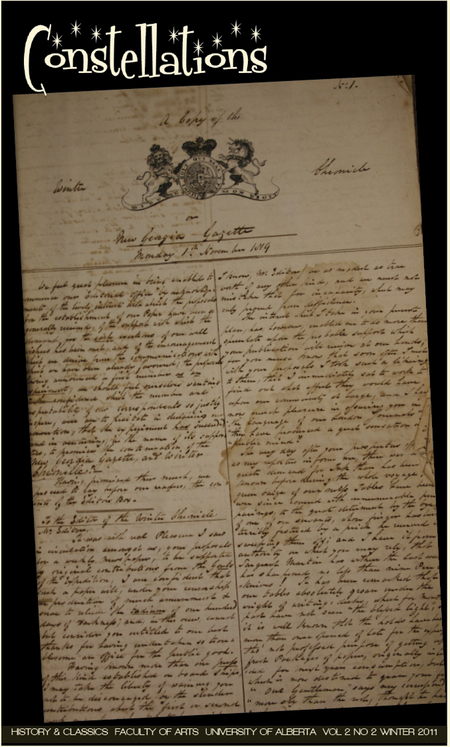Stalin's Hollow Cross-the Russian Orthodox Church as a Tool of Soviet Foreign Policy
DOI:
https://doi.org/10.29173/cons10492Abstract
It has been said that the Second World War saved the Russian Orthodox Church from extermination. Ever since the Revolution of 1917, the religious peoples of Russia were constantly persecuted by Soviet ideologists and politicians. Prior to Operation Barbarossa, in 1941, it seemed that the days of the Russian Orthodox Church, the largest religious institution in the Soviet Union, were numbered. However, the unique climate of the Second World War forced the Soviet government to end its war against the church. The Kremlin soon saw the Church as a useful tool to help aid in the re- occupation of Eastern Europe.
Downloads
Published
2011-06-07
How to Cite
Hupka, J. (2011). Stalin’s Hollow Cross-the Russian Orthodox Church as a Tool of Soviet Foreign Policy. Constellations, 2(2), 31–40. https://doi.org/10.29173/cons10492
Issue
Section
Religious History



